Hegel H590
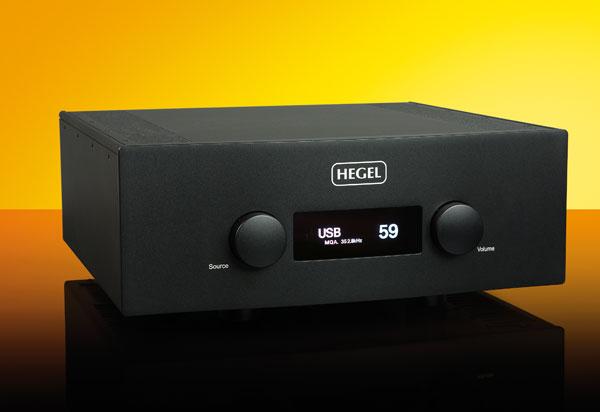
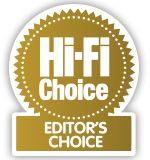 Just as I’d got accustomed to the idea of Hegel’s H190 or H360 being the ‘go-to’ powerhouse integrated amplifiers (reviewed HFC 394 and 401 respectively), along comes a beast of a big brother in the form of the H590. Rated at just over 300W per channel into 8ohm, it’s really not unfair to think of the Oslo-based company’s flagship design as a total control freak that likes whatever loudspeaker is attached to do exactly as it’s told. On paper it looks to be 20 percent more powerful than its closest sibling – the H360 integrated – but when you appreciate that the power reserves can increase to around 2.2kW into tougher loads, you realise it ranks as one of the most powerful integrateds available. Under the lid are 12 ultra-fast, high-power output transistors per channel delivering a remarkable sure-footed grip, and with Hegel being one of the manufacturers that extols a very high damping factor (over 4,000), the amp is unfazed by even the most challenging loads.
Just as I’d got accustomed to the idea of Hegel’s H190 or H360 being the ‘go-to’ powerhouse integrated amplifiers (reviewed HFC 394 and 401 respectively), along comes a beast of a big brother in the form of the H590. Rated at just over 300W per channel into 8ohm, it’s really not unfair to think of the Oslo-based company’s flagship design as a total control freak that likes whatever loudspeaker is attached to do exactly as it’s told. On paper it looks to be 20 percent more powerful than its closest sibling – the H360 integrated – but when you appreciate that the power reserves can increase to around 2.2kW into tougher loads, you realise it ranks as one of the most powerful integrateds available. Under the lid are 12 ultra-fast, high-power output transistors per channel delivering a remarkable sure-footed grip, and with Hegel being one of the manufacturers that extols a very high damping factor (over 4,000), the amp is unfazed by even the most challenging loads.
Hegel’s design aesthetic can be considered understated compared with some, but the H590 possibly sets a new benchmark with its ‘less is more’ appearance. Many high-end flagship component designs often include an element of visual ‘bling’ to indicate their top-dog status, but if anything Hegel has gone the other way with a stark monument to performance over frippery. I love this unassuming ‘Q-car’ approach, which underlines a devotion to music over hi-fi. In short, if you favour racing stripes and fluffy dice on your ‘wheels’, this sort of Norwegian restraint may not appeal. Lifting the hefty 22kg integrated into place confirms the engineering excellence, yet it’s not actually all that much heavier than the H360 – thanks to the use of a new all-aluminium bodywork chosen to reduce any potential magnetic interference.
The front panel is completely uncluttered with just a simple logo and clear white OLED display flanked by twin control knobs for source select and volume level adjustment. Inputs can also be cycled through using the purposeful metal remote that also controls volume as well as some digital playback. Where the front is spartan, the back positively bristles with connectivity with three RCA unbalanced inputs alongside twin balanced XLR ins and an extensive array of optical, coaxial, USB and network connections, as well as digital out and line level output options. The H590 enables AirPlay or Spotify Connect via its network input and will act as a media renderer with any suitably equipped UPnP/DLNA media player.
As with the H360, there is no headphone output or phono stage. Speaker connections are super sturdy and accept any cable termination and are connected to my Cadence Arca loudspeakers via Black Rhodium Foxtrot cables (HFC 412). Sources are Métronome Technologie’s Le Player 2S (HFC 449) connected via balanced XLRs and RCAs using Black Rhodium Sonata VS-1 interconnects (HFC 398) and a MacBook Pro via Chord Company’s USB SilverPlus (HFC 407). The system is left to warm up before any listening starts but despite having what seems like enough power to heat my whole house, it remains Nordic cool throughout the process.
Sound quality
Playing Work Work by Clipping from the Tidal Masters streaming service via USB, the Hegel’s clear display instantly registers the MQA signal and sample rate. Some high-end DACs feel like they demand a degree in programming to work, but the H590 refreshingly plays immediately, with the minimum of fuss.
The introductory metallic chimes, samples and percussion are simply mesmerising. This track positively sparkles with detail. Vocals have extra body and presence and a real three dimensionality that seems to let you hear around the performance in a new way. The bass line drops in and the H590 shows who’s the boss. My Arca loudspeaker is an easy load, but even so the extra control of the bass drivers is noteworthy. Bass is properly deep and luscious with lashings of texture as it presses the lowest notes into every corner of my listening space without any sense of uncontrolled flab. This is a big track that can excite any room, but here I’m getting all the bass depth and muscle, seemingly without any extra fat. The dynamic chorus fills out a vast soundstage with such a spatial image I feel I could wander through the group and add a solo. Hegel’s audio designers have always blazed their own trail to reduce distortion and increase dynamics in novel ways, but the H590 sets a new benchmark and although I know this track very well, I don’t think I’ve ever heard it sound quite so good.
Shifting down a gear to Love Will Tear Us Apart by June Tabor and Oysterband on CD into one of the H590’s analogue inputs, the picked acoustic guitar exquisitely conveys every tiny, fretted nuance and ringing harmonic detail. Tabor’s breathy voice is completely compelling and utterly three dimensional, full of expressive texture yet without any dryness or grain. The H590 feels so composed it effortlessly teases out the quietest details that other amplifiers might leave in the noise floor. The H590 just feels like it has more contrast, more resolving power, more light and shade and a richer palette of colours to mix from. John Jones’ pure voice joins the mix and his words are projected with such clarity, body and presence that I can place his assured delivery to the centimetre in the vivid, deep soundscape. A mournful cello is rich and soothing, yet I can also clearly hear the drawn bow rasp and resonate against the strings. When the two voices combine the effect is simply magical, with the Hegel enabling each vocal to be fully distinct yet transparently interwoven in order to deliver a spellbinding performance from a modest CD recording.
I return to the USB input and play a Tidal Masters file of the Et Misericordia from Kim André Arnesen’s Magnificat featuring Lise Granden Berg, the Trondheim Soloists and the Nidarosdomens Jentekor choir. As soon as I press play the Hegel locks onto the signal, displaying MQA and a heady 352.8kHz sample rate that I discover matches the original master recording. The opening strings from the Trondheim Soloists have a gloriously warm, sonorous glow, while a lone piano feels further away and more plaintive in the cavernous acoustic space. Berg’s effortless soprano starts gently, the H590 sublimely capturing all the delicacy and sweetness of her tender phrasing. Her voice intertwines and rhymes with the strings before soaring clear and high over the soloists, full of emotion and deep power. I find myself turning up the volume as the large choir joins the piece and the H590 rises to the challenge, effortlessly matching the dynamics without even breaking into a sweat. This is one of the most powerful, emotive and lush recordings I know and the H590 is supremely able to match that power with its own prowess to present completely new levels of intimacy, transparency and communication alongside truly majestic scale and power. The result is as enchanting as it is breath taking.
Conclusion
Hegel’s H590 is hugely powerful, but the vast power reserves are allied to total composure and the most sensitive signal handling that’s the key to bringing out the smallest, most subtle, dynamic details to give music so much presence and emotional impact. Sure, your speakers will probably sound better than they’ve ever sounded before, but this is incredible quality control rather than sheer brute force. £9,000 is a tidy sum for an integrated amplifier, but if I was told it was double this figure I wouldn’t have questioned it. It’s destined to beat at the heart of many top-flight audiophile systems across the world, and as such must be considered one of the best integrated amplifiers at this or any price. CW
DETAILS
Product: Hegel H590
Price: £9,000
Origin: Norway
Type: Integrated amplifier/DAC
Weight: 22kg
Dimensions: (WxHxD) 430 x 171 x 445mm
FEATURES
● Quoted power output: 2x 301W (8ohm)
● 32-bit/384kHz PCM/DSD256 DAC with MQA support
● Analogue inputs: 3x stereo RCAs; 2x stereo balanced XLRs
● Digital inputs: 1x BNC; 1x coaxial; 3x optical; 1x USB-B; 1x Ethernet port
● Outputs: 1x fixed stereo RCAs; 1x variable stereo RCAs; 1x digital BNC
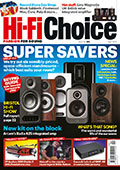 |
Inside this month's issue: Arcam Radia A25 integrated amp, iFi Audio iDSD Diablo 2 DAC/headphone amp, Eversolo DMP-A8 streamer/DAC/preamp, Line Magnetic LM-845IA valve amp, Record Store Day Spring Drop, standmount loudspeaker Group Test and much, much more
|
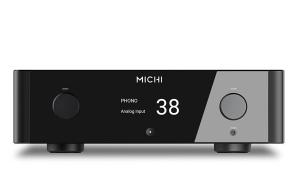
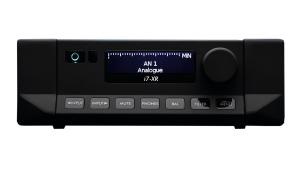
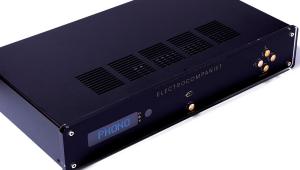
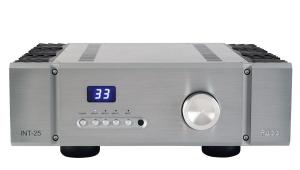
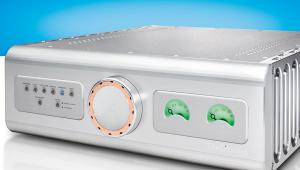
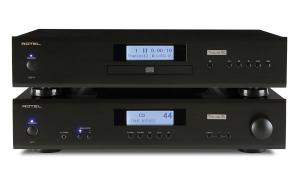
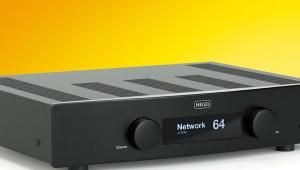
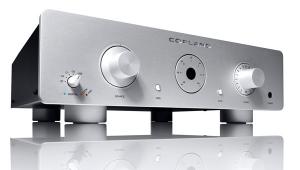
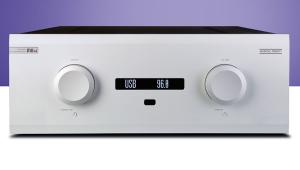
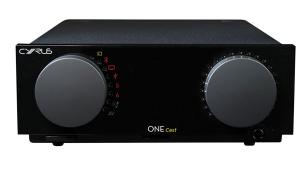
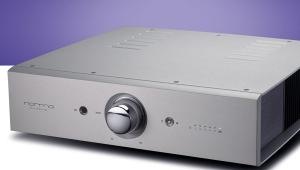
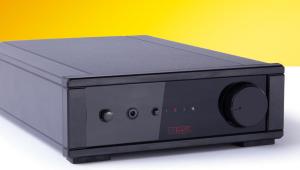
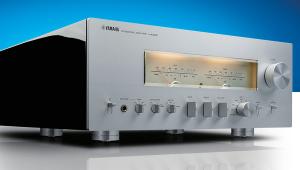
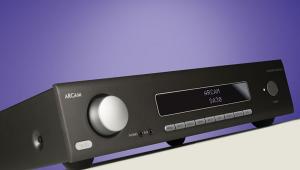
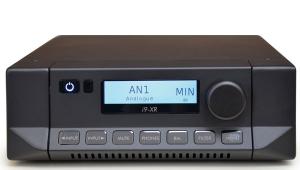
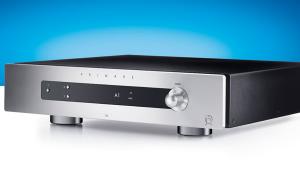
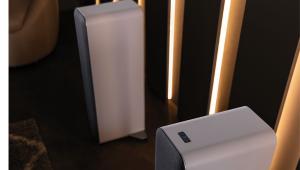
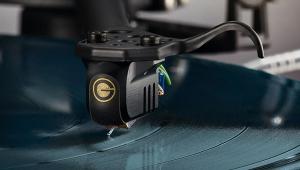

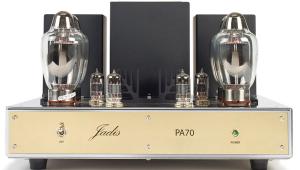
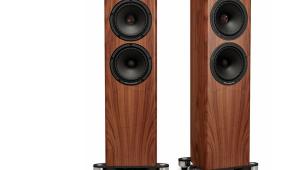
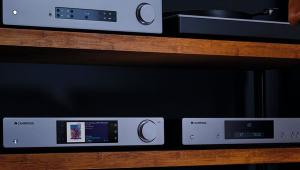
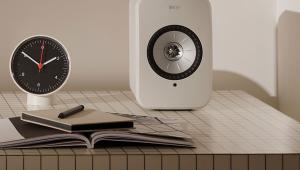
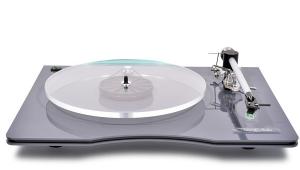
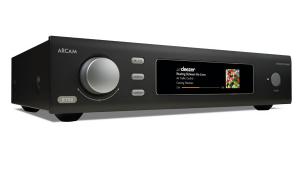
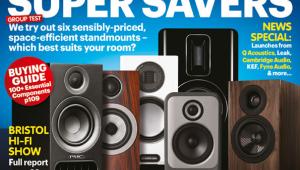
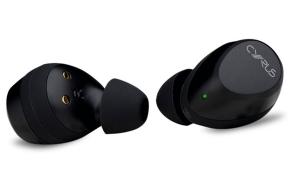
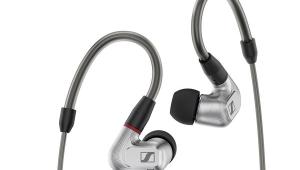
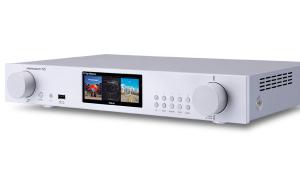
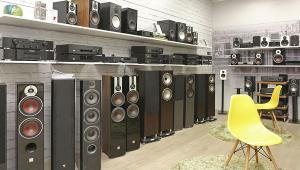
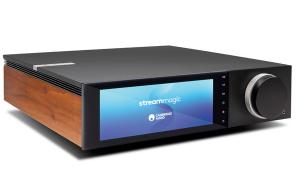


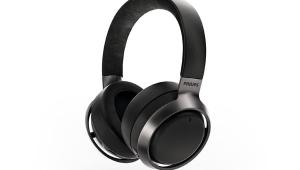
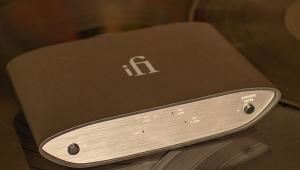
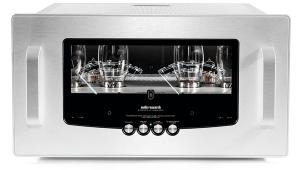
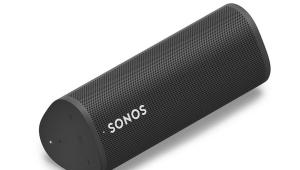
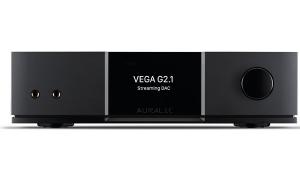
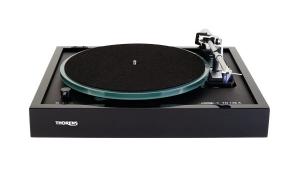
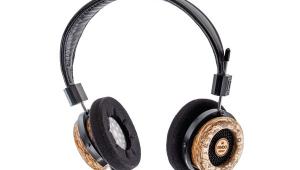
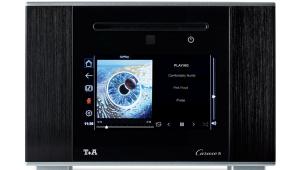
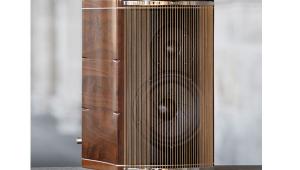
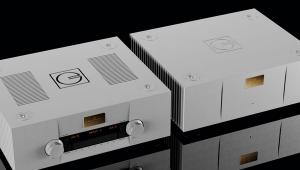
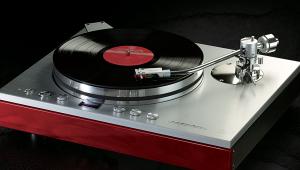
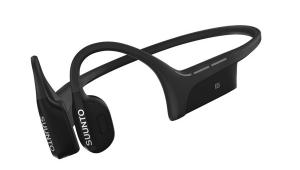
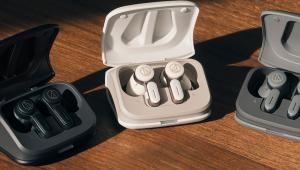
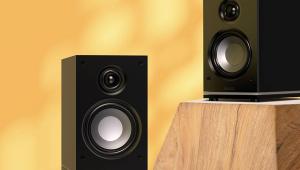
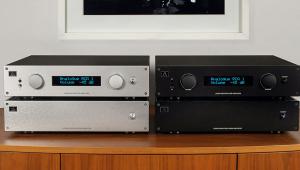
.jpg)



